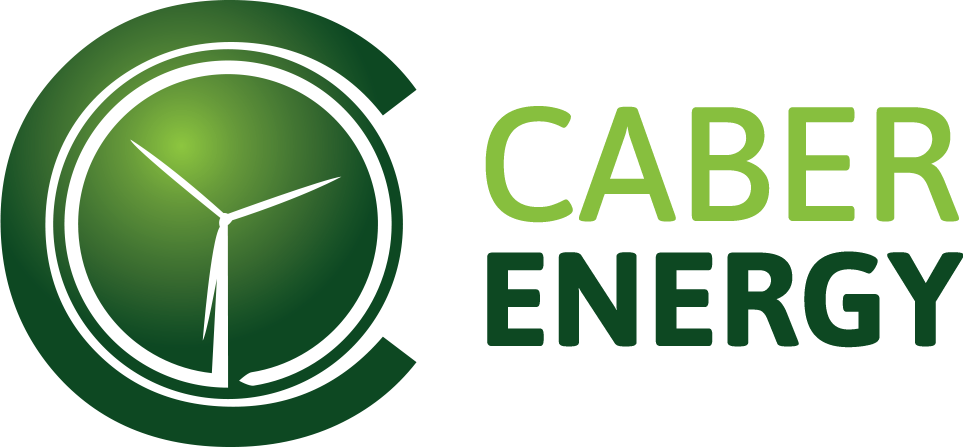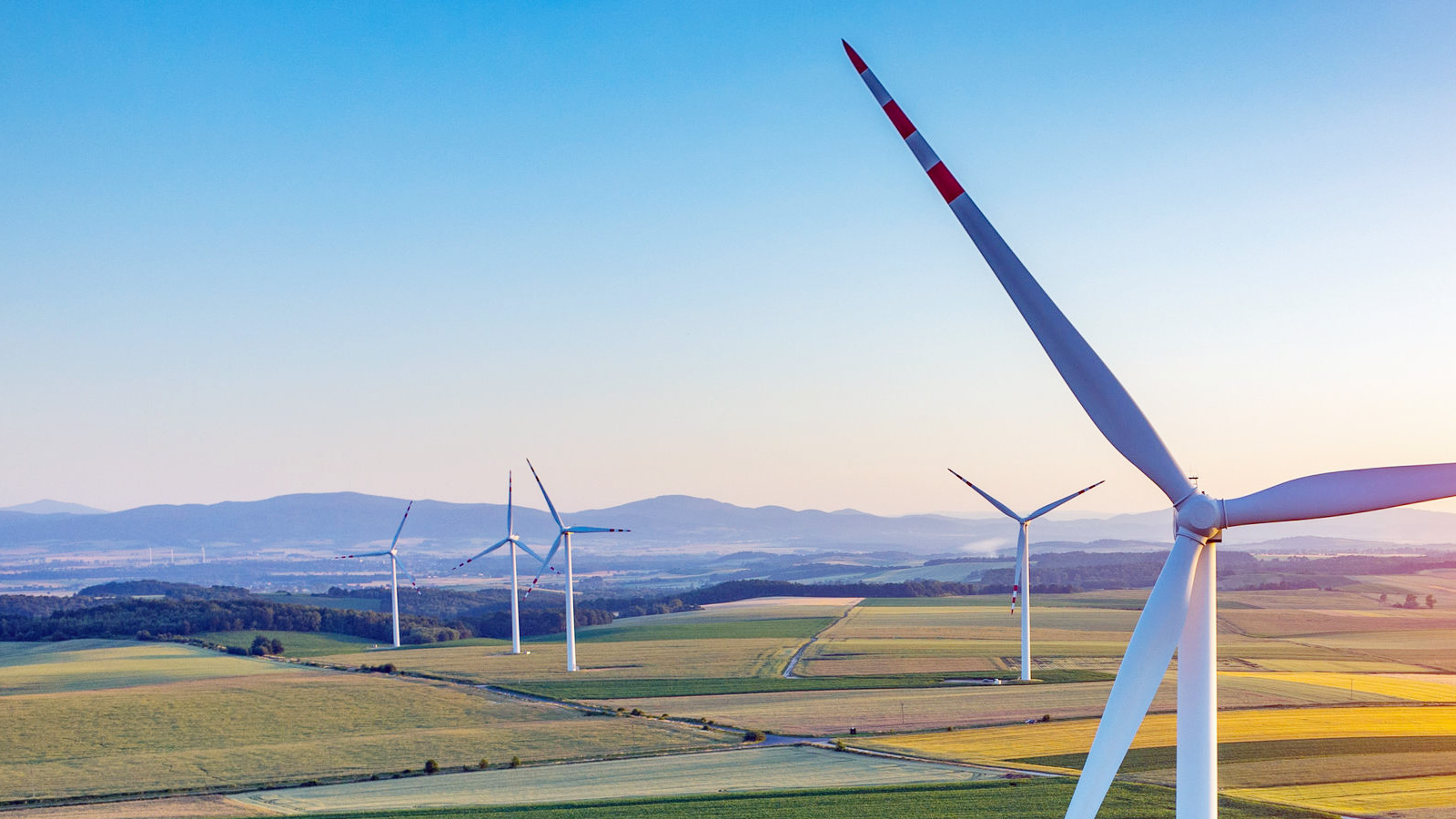WIND ENERGY
Caber Energy assists clients with all of the key aspects of small and medium sized wind energy projects up to 5MW in size. We offer advice, planning, consultancy and project management services from an initial site assessment through to final installation.
We aim to align our interests directly with our clients and will consider joint ventures, equity participation and early financing arrangements where suitable. Our preferred turbine partner in this market is Enercon – a global company with over 17,000 turbines and 22 GW of installed capacity in 30 countries worldwide.
Our knowledge, experience and commitment mean that from the moment you first enquire, we can manage every step of your project from an initial site survey to the eventual commissioning of your wind turbine project. In an industry that is experiencing huge interest and growth, we pride ourselves on providing straight forward, honest advice – so if we don’t think your site is particularly suited to a wind turbine – we’ll tell you so. If we do – then we can take care of the entire process ensuring that your project has the maximum chance of success.
TURBINES
Our Wind Energy Services
Caber Energy have significant experience in medium sized wind projects, combining our expertise with that of many specialist partner firms to offer our clients a consultancy and project management service that aims to bring together the numerous and often complicated elements that are key to delivering larger projects. Have a look at our case studies to see some of our latest projects. Our services include:
- Site Surveys
- Scoping works
- Planning Applications
- Grid Connection Applications
- Wind Yield Energy Assessment
- Financial & Legal Considerations
- Procurement
- Infrastructure upgrades
- Civil Works
- Installation & Commissioning
- Operation & Maintenance Contracts
Frequently Asked Questions - Wind Energy
BWEA has a UK Wind Speed Database, which tells you the average wind speed in your area. The actual wind speed at your site will be influenced by the local topography and any nearby obstructions such as trees or other buildings. A site with an average wind speed of 6.5 meters per second or more is generally sufficient enough to make installing a wind turbine worthwhile. Call Caber Energy now to arrange a site survey on 07967 052 382.
Most wind turbines have three blades which face into the wind; the wind turns the blades round, this spins the shaft, which connects to a generator. A generator produces electrical energy from mechanical energy.
Ideally, stand-alone turbines should be sited as far away as possible from buildings or trees, which may block the wind and cause turbulence. As a guide, the wind turbine should be about twice the height of obstructions in the immediate front of it (for at least the prevailing wind direction). In general, the turbine should be above the height of nearby obstructions that are within a distance of 10 to 20 meters of the tower heights. Caber Energy will assess this during our site survey.
A modern wind turbine produces electricity 70-85% of the time, but it generates different outputs dependent on wind speed. Over the course of a year, a small wind turbine in the UK will generate about 20% to 30% of the amount it would generate in a constant strong wind. This is known as its ‘load factor’ (or ‘capacity factor’). The turbine itself usually has at least 97% mechanical availability and generates with 95% mechanical to electrical efficiency, so the limited output is overwhelmingly associated with lack of wind. The load factor of conventional UK thermal power stations is on average 50%, and the mechanical to electrical efficiency is between 30% and 50% depending on the type of plant.
When the wind stops blowing, electricity continues to be provided by other forms of generation in an isolated system (e.g. batteries, diesel generator), and by the grid in a grid-connected system. UK electricity generation is now overwhelmingly from large power stations, and so the system has to cope when one of these large plants goes out of action. Consequently, it is possible to have at least 10% to 20% of the country’s electrical demand met by intermittent energy sources such as wind energy, without having to make any significant changes to the way the system operates.
Click here to see a diagram detailing better/less appropriate installation sites.
This is dependent on the size of turbine you go for on your site, so for more information please contact Caber Energy on 07967 052 382.
How much energy your wind turbine will produce is entirely dependent on your particular site, and the size of turbine you choose but after a site survey we would be able to give you as accurate an idea as possible of this. Contact us now on 07967 052 382 to arrange a site survey.
This is dependent on the average wind speeds of your specific site and on which size of turbine you choose but on a reasonable site it might be approximately 7 to 10 years.
You will need planning permission for the size of turbines we supply, but this is something that Caber Energy can do on your behalf. See our wind services section on our wind energy page.
The majority of modern small wind turbines have been designed to be very quiet, for instance by having direct drive or belt driven systems to avoid gear box noise and to increase efficiency. In general, the wind itself makes more noise than a wind turbine.
Medium sized wind turbines are unlikely to have any detrimental effects on aviation and associated radar or navigation systems. In general, turbines with small diameters are unlikely to have effects on television and radio reception. If this occurs it is likely to be highly localized and technically easy to overcome.
Experience and careful monitoring by independent experts show that birds are unlikely to be damaged by the moving blades of wind turbines. More information about this can be found from the Royal Society for the Protection of Birds, who have stated that “climate change is the most serious long-term threat to wildlife in the UK and globally and, therefore, RSPB supports the Government’s target to source 20% of electricity from renewables by 2020.”
Depending on planning permission, it could take at least 12 months from the initial site survey to the eventual installation and commissioning of your wind turbine.

